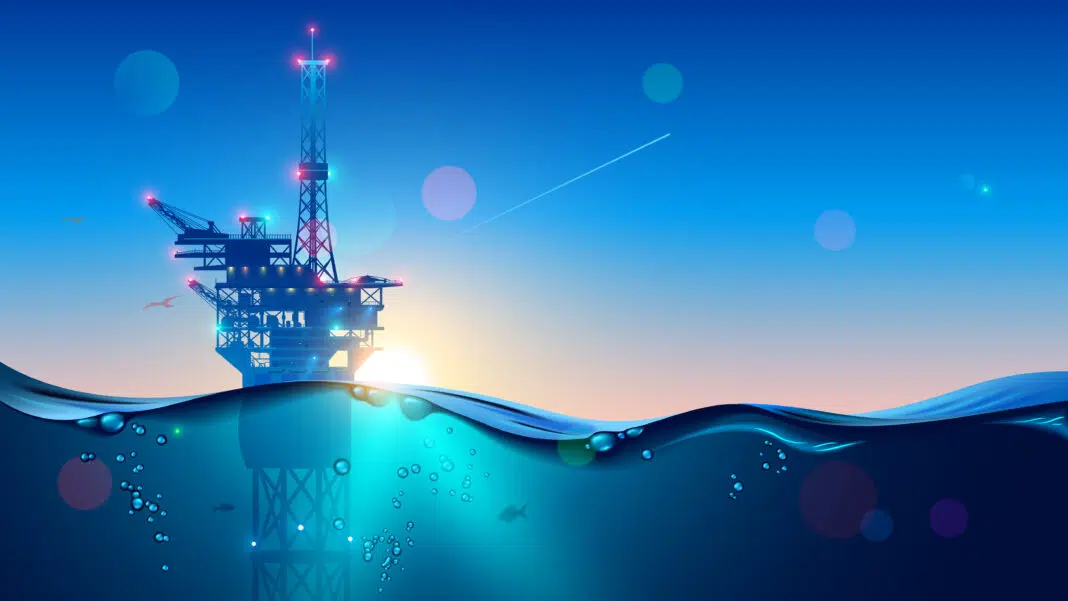Oil and gas concessions and production areas in the “Coral Triangle” region of Southeast Asia overlap with tens of thousands of kilometers of marine protected areas, which include mangroves, coral reefs and seagrass habitats, according to new analysis from Earth Insight, SkyTruth, CEED Philippines, and others, released this week.
The findings in Coral Triangle at Risk: Fossil Fuel Threats and Impacts were collected from satellite imagery and data analysis of the region. The report warns that fossil fuel expansion will increase tanker traffic and the risk of oil spills, with dire consequences for local populations and marine life.
The Coral Triangle extends over 10 million square kilometers (4 million square miles), spanning seven countries including Indonesia, Malaysia, Papua New Guinea, Singapore, the Philippines, Timor-Leste and the Solomon Islands.
- 11% of Key Biodiversity Areas (KBA) and Important Marine Mammal Areas (IMMA) in the Coral Triangle is overlapped by oil and gas blocks
- 24% of coral reefs, 22% of seagrass areas, and 37% of mangroves overlap with current or planned oil and gas blocks.
- There are more than 100 known offshore oil and gas blocks that are currently producing in the region covering over 120,000 km2 of marine area – about 1% of the Coral Triangle.
- There are over 450 known blocks that are being explored for future oil and gas extraction covering an additional 1.6 million km2, an area larger than Indonesia.
- There are 80 MPAs in the Coral Triangle that are completely covered by oil & gas blocks – 55 of which are found in Malaysian waters. Additionally, 35 oil slicks appeared within MPA boundaries.
- Since 2020, 793 oil slicks have been visible in the Coral Triangle in satellite imagery – 98% were created by transiting vessels, which release untreated, oily wastewater in a process called bilge dumping, the other 2% can be attributed to oil infrastructure.

